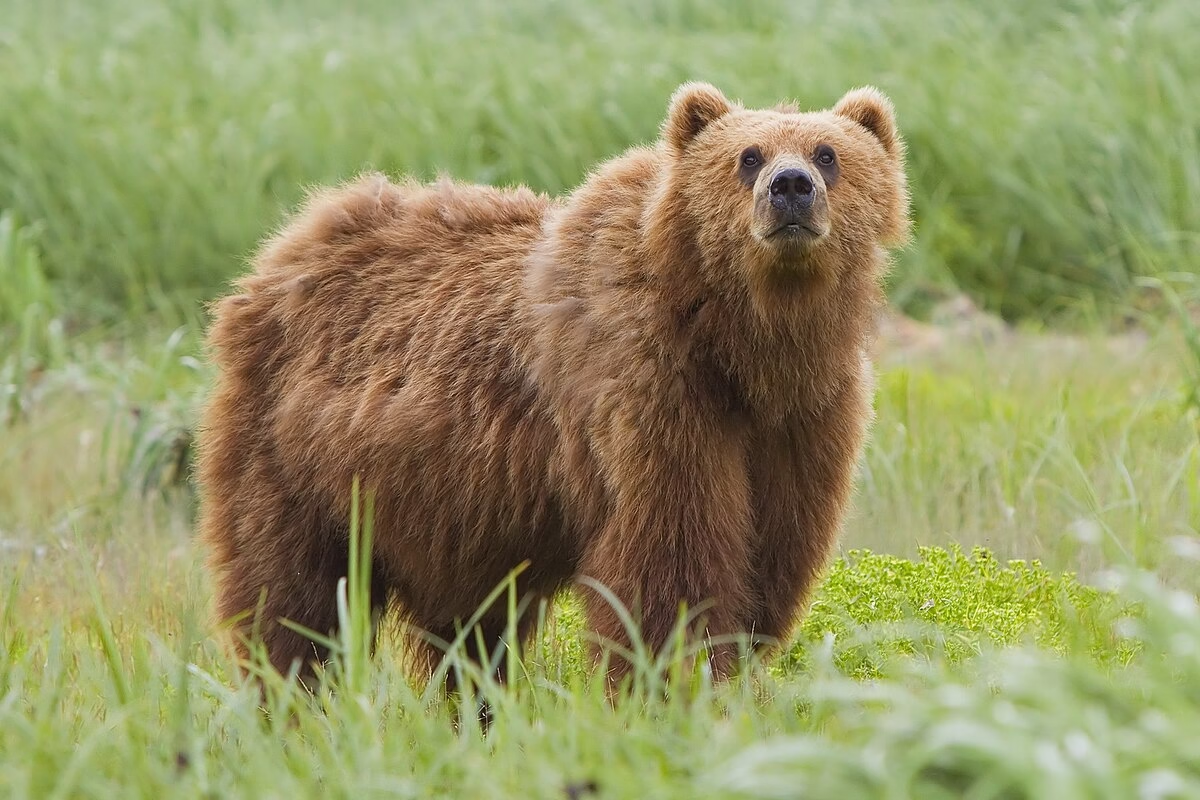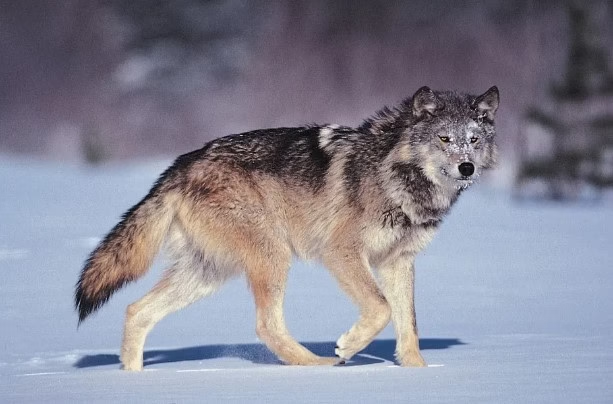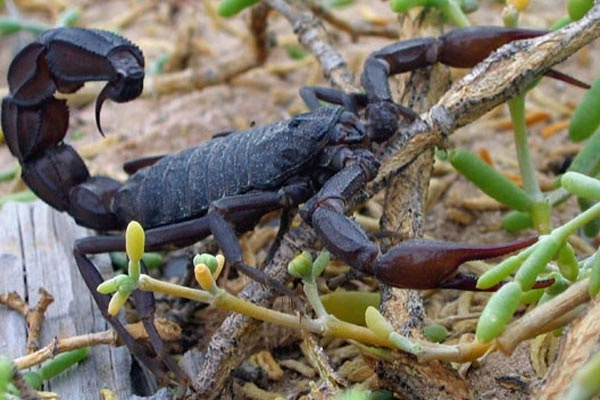Top 10 Most Feared Wild Predators
Introduction
Wild predators have long captivated human imagination, not only due to their power and ferocity but also because of their critical role in maintaining balance within ecosystems. These apex hunters shape the environments they inhabit, regulating populations of prey species and preventing overgrazing or disease spread. Predators such as lions, tigers, and crocodiles command respect not only because of their physical capabilities but also their refined hunting techniques, which have evolved over millennia.
While each predator is unique in its approach to hunting and survival, they all share one thing in common: the ability to instill fear. Whether it’s through sheer strength, speed, stealth, or venom, these predators have earned their place at the top of the food chain. This list highlights some of the most feared wild predators, examining what makes them so formidable and how they influence their respective habitats and the species around them.
Saltwater Crocodile

The saltwater crocodile, also known as “salties,” is considered the largest living reptile and one of the deadliest predators on Earth. Capable of growing up to 23 feet long, this apex predator dominates both land and water. Known for its stealthy ambush tactics, the saltwater crocodile can launch an explosive attack, grabbing prey with its immense jaws. With a bite force stronger than any other animal, it is a force to be reckoned with in its coastal habitats.
African Lion
The African lion is often regarded as the “king of the jungle,” and for good reason. With their powerful physiques, sharp claws, and social structure, lions are exceptional hunters. They work cooperatively in prides, allowing them to bring down large prey such as buffalo or wildebeest. Their roar can be heard miles away, signaling their dominance over the African savanna. As apex predators, lions instill fear in both their prey and other large carnivores in their territory.
Great White Shark
The great white shark is the undisputed king of the oceans, with a reputation for being one of the most fearsome predators in the marine world. Known for its sleek, powerful build and razor-sharp teeth, the great white primarily hunts large marine mammals such as seals. Its ability to detect electrical signals from prey and swim at high speeds makes it an exceptional hunter. Often feared by humans due to its size and occasional attacks, it remains a symbol of oceanic terror.
Grizzly Bear

Grizzly bears are among the most formidable terrestrial predators, with their massive size, muscular build, and powerful claws. Known for their adaptability, grizzlies can hunt a wide variety of prey, including fish, small mammals, and large ungulates like moose. Despite their somewhat docile appearance at times, they are incredibly strong and aggressive when threatened or when protecting their territory or cubs. Their role in maintaining balance in ecosystems, particularly in North America, further cements their place as a feared predator.
Tiger
The tiger is a solitary, stealthy hunter that relies on its immense strength, agility, and camouflage to capture prey. With powerful muscles and razor-sharp claws, tigers can take down large animals like deer, wild boar, and even smaller bears. They are known for their calculated approach to hunting, stalking their prey for long periods before striking with incredible speed. Tigers’ ability to dominate their environment has earned them a place among the most feared predators, though their populations are increasingly threatened by poaching and habitat loss.
Polar Bear
The polar bear, adapted to the extreme conditions of the Arctic, is a formidable predator in its icy habitat. With powerful limbs and large paws designed for swimming, it primarily hunts seals, often waiting by breathing holes or breaking through the ice to capture them. Polar bears’ thick fur and fat layers provide insulation against freezing temperatures, making them efficient hunters in one of the harshest environments on Earth. As the Arctic warms, their survival is threatened, further highlighting their role in the fragile ecosystem.
Komodo Dragon
The Komodo dragon is the largest living lizard and a highly effective predator. Found on a few Indonesian islands, these reptiles can grow up to 10 feet long and possess a powerful bite. While their saliva was once thought to be venomous, it’s now known that their jaws harbor a mix of bacteria that causes severe infections in their prey. Komodo dragons are ambush hunters, capable of running short distances at high speed and overpowering animals much larger than themselves, including deer and wild boar.
Orca (Killer Whale)
Orcas, or killer whales, are among the most intelligent and social predators in the ocean. With a diverse diet that includes fish, seals, and even whales, orcas employ sophisticated hunting strategies, often working together in coordinated packs. Known for their impressive communication and cooperative hunting techniques, orcas can take down prey much larger than themselves, such as great white sharks. Their strength, intelligence, and teamwork make them one of the most feared predators in the marine world.
Cheetah
The cheetah is renowned for its unmatched speed, making it one of the fastest land animals on Earth. Capable of reaching speeds up to 60 miles per hour in short bursts, the cheetah’s agility allows it to outmaneuver prey such as gazelles and antelope. While it relies on its speed for hunting, it must use strategy and precision to avoid fatigue. Though not as powerful as some other predators, the cheetah’s lightning-fast strikes and specialized hunting skills make it a formidable force in the African savanna.
Wolves

Wolves are highly skilled pack hunters known for their ability to bring down large prey, such as elk, deer, and bison, through cooperative strategies. Their social structure allows them to work together, using communication and coordination to encircle and exhaust prey. As top predators, wolves play a vital role in maintaining ecosystem balance by controlling the populations of herbivores. With their sharp teeth, stamina, and hunting intelligence, wolves are feared by many other animals and continue to captivate humans with their complex social dynamics.
Conclusion
In conclusion, the top 10 most feared wild predators command both awe and respect due to their strength, hunting skills, and dominance in their ecosystems. From the stealthy tiger to the powerful great white shark, these predators play vital roles in maintaining ecological balance. Their fearsome reputations often stem from both real dangers and cultural perceptions. Understanding and conserving these apex predators is crucial—not just for their survival, but for the health of the planet’s diverse ecosystems.
FAQS
What is the most feared predator ever?
The top predators in the world include the great white shark, known for its powerful bite and hunting technique, and the lion, which hunts cooperatively in prides. Other notable predators are the grizzly bear, famous for its strength and speed, and the killer whale, which uses sophisticated hunting strategies.
What is the most murderous animal?
The meerkat was unmasked in a scientific study as the most homicidal of over 1,000 mammals. One-in-five will be violently dispatched by another meerkat, likely their own mother, sister or auntie, demonstrating how the female of the species really is more deadly than the male.
What are the top 5 predators?
5 Apex Predators: Lion, Eagle, Leopard, Orca, Polar Bear.
What is the strongest animal to ever exist?
African bush elephant
The strongest animal in the world is the African bush elephant, which is capable of lifting 6,000kg, its own body weight from lying down. Even their trunks can lift over 200kg, thanks to over 40,000 muscles.
Which animal lives the longest?
The Antarctic glass sponge is believed to be the longest-living animal on Earth, with some estimates suggesting they can live for over 10,000 years. Other animals with extremely long lifespans include the Greenland shark (up to 500 years) and the bowhead whale (over 200 years).
